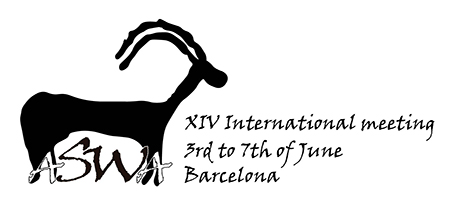The complex and inter-related histories of fallow deer, both – European and Persian – with each other and with humans, is reaching back over millennia. A very special and ancient relationship with humans is evidenced by their deliberate and repeated translocation far outside their natural range and management as early as the Neolithic.
The story begun somewhere on the Continent, east of the Mediterranean Basin. A story that tells a tale of two deer that can no longer be considered in isolation, as they were traditionally in the past. Indeed, there is increasing abundant evidence for interesting dynamics between the two fallow deer and human-deer relationships in many different places and times.
If we are to understand the long, multiple and close human-deer relationship that has followed many pathways whether they were different or similar through time and space, it is crucial to be able to separate the remains of D. d. dama from those of D. d. mesopotamica and possibly identify hybrids in the archaeological record.
This paper will focus on the results from the Eastern Mediterranean of the 3-years project “Fallow deer in Western Eurasia”. This project aimed at developing new methodologies to differentiate fallow deer subspecies and potential hybrids. We will present newly conducted geometric morphometric (GMM) and ancient DNA analyses, performed on both fallow deer subspecies bones – lower third molar and astragalus – from the Eastern Mediterranean.

 PDF version
PDF version
